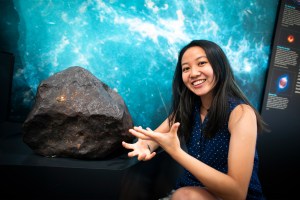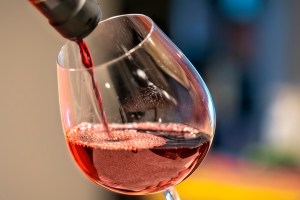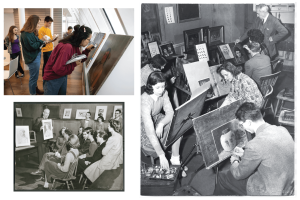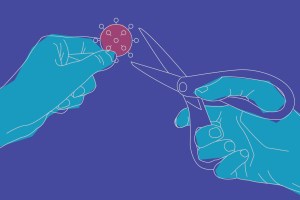Tag: basic research
-
Health
More than a watchdog
A study in mice shows the nervous system not only detects the presence of Salmonella in the gut but actively stops the organism from infecting the body by shutting the cellular gates that allow bacteria to invade the intestine and spread beyond it.
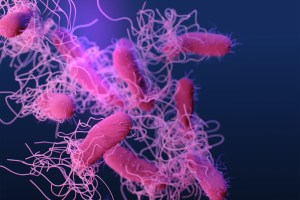
-
Campus & Community
New faculty: Martin Surbeck
A new member of the faculty of the Department of Human and Evolutionary Biology, Martin Surbeck runs one of the few bonobo research sites in the world.
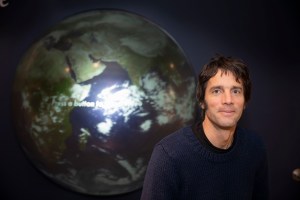
-
Health
Inflammatory processes may play role in ALS
Accumulating evidence suggests that inflammatory processes may play a role in the initiation and progression of amyotrophic lateral sclerosis (ALS).
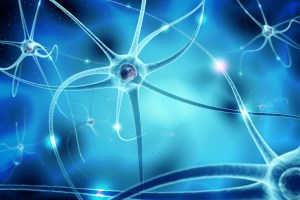
-
Health
CAGEs lock up fats to treat obesity
Harvard researchers have found an orally administered liquid salt — choline and geranate — that can reduce the absorption of fats from food with no discernable side effects in rats, lowering total body weight by about 12 percent.
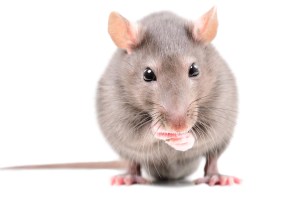
-
Arts & Culture
Music everywhere
Scientists at Harvard published a study on music as a cultural product, which examines what features of song tend to be shared across societies.

-
Health
A gateway to eating disorders
Young women’s use of diet pills, laxatives for weight control linked with later eating disorder diagnosis.
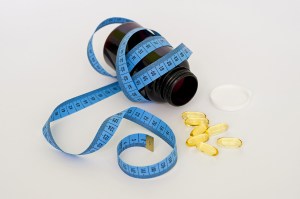
-
Science & Tech
Where we get our sense of direction
Using virtual reality experiments, Harvard neuroscientists have decoded how fruit fly brains integrate visual cues for navigation. Study also sheds light on a form of short-term memory known as unsupervised learning.
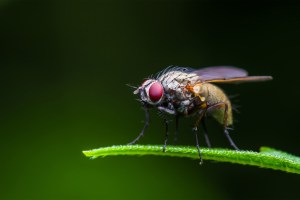
-
Science & Tech
The archaeology of plaque (yes, plaque)
Christina Warinner says ancient dental plaque offers insights into diets, disease, dairying, and women’s roles of the period.
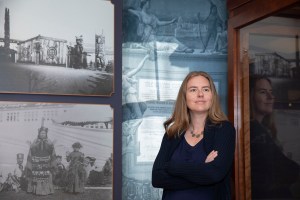
-
Science & Tech
Predicting sudden cardiac death
Researchers have determined that genetic testing could identify those at risk for cardiac death prior to any symptoms.
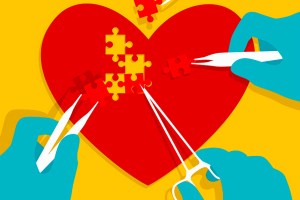
-
Science & Tech
A second look at evolution
Researchers find clues to evolution in the intricate mammalian vertebral column.
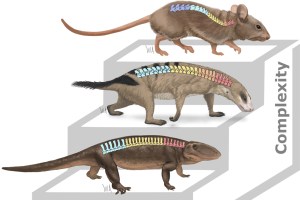
-
Science & Tech
A better candidate for chemo delivery
A new technique called ELeCt (erythrocyte-leveraged chemotherapy) can transport drug-loaded nanoparticles into cancerous lung tissue by mounting them on the body’s own red blood cells.
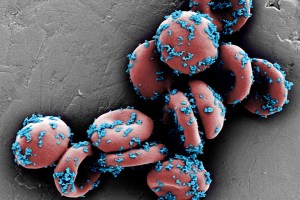
-
Science & Tech
If it ain’t broke, don’t fix it
Research suggests that errors resulting from variability in motor function are a feature, not a bug, of our nervous system and play a critical role in learning.
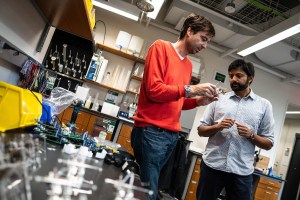
-
Nation & World
Targeting incest and promoting individualism
Harvard Professor Joseph Henrich and a team of collaborators researched how a Roman Catholic Church ban in the Middle Ages loosened extended family ties and changed values and psychology of individuals in the West.
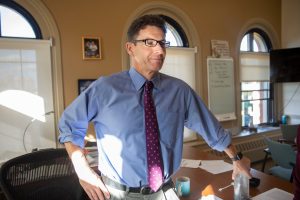
-
Health
Exercise reduces chronic inflammation, protects heart, study says
A new study identifies a molecular connection between exercise and inflammation that takes place in the bone marrow and highlights a previously unappreciated role of leptin in exercise-mediated cardiovascular protection.
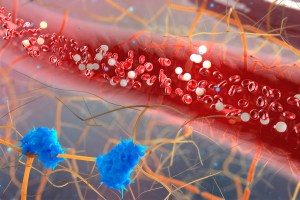
-
Science & Tech
Combination gene therapy treats age-related diseases
Wyss Institute, Harvard Medical School study offers hope for single genetic treatment for multiple age-related ills.
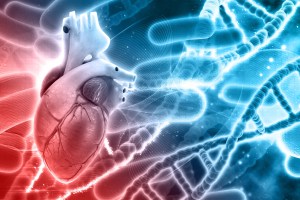
-
Health
Power and pitfalls of gene editing
CRISPR gene-editing technology has conquered the lab and is poised to lead to new treatments for human disease. Experts consider the promise and peril at Radcliffe.
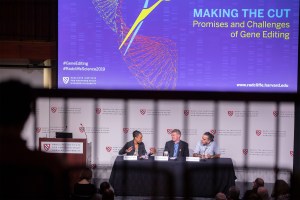
-
Science & Tech
Scientists pinpoint neural activity’s role in human longevity
The brain’s neural activity, long implicated in disorders ranging from dementia to epilepsy, also plays a role in human aging and life span, according to research led by scientists in the Blavatnik Institute.
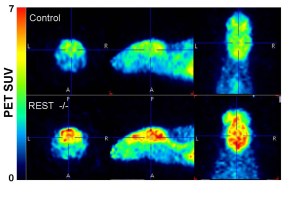
-
Health
Learning not to fear
A study using mindfulness meditation showed changes over time in neural responses to pain and fear. The researchers found that changes in the hippocampus after mindfulness training were associated with enhanced ability to recall a safety memory, and thus respond in a more adaptive way.
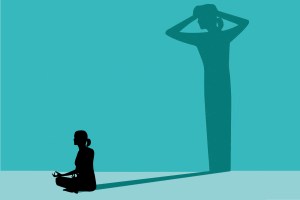
-
Science & Tech
A reliable clock for your microbiome
The microbiome is a treasure trove of information about human health and disease, but getting it to reveal its secrets is challenging, especially when attempting to study it in living subjects. A new genetic “repressilator” lets scientists noninvasively study its dynamics, acting like a clock that tracks how bacterial growth changes over time with single-cell…
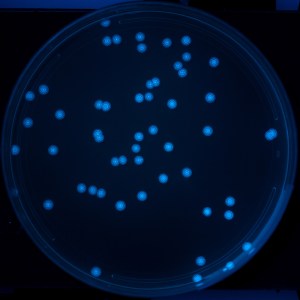
-
Campus & Community
The magic of the unexpected
William G. Kaelin Jr., the Sidney Farber Professor of Medicine at Harvard Medical School and the Dana-Farber Cancer Institute, is one of three winners of the 2019 Nobel Prize in physiology or medicine for discovering how cells sense and adapt to changes in oxygen availability, a process critical for survival.

-
Science & Tech
A shot in the arm for vaccine research
Immunology research at the Ragon Institute of MGH, MIT, and Harvard has advanced an HIV vaccine into the clinic, and will diversify thanks to a major gift from Phillip T. and Susan M. Ragon.
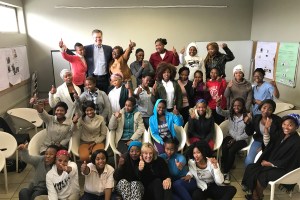
-
Science & Tech
Playing our song
Samuel Mehr has long been interested in questions of what music is, how music works, and why music exists. To help find the answers, he’s created the Music Lab, an online, citizen-science project aimed at understanding not just how the human mind interprets music, but why music is a virtually ubiquitous feature of human societies.
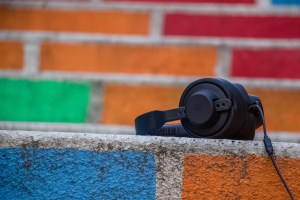
-
Science & Tech
A silly-sounding prize for some serious science
Harvard-trained researchers win Golden Goose Awards from the American Association for the Advancement of Science.
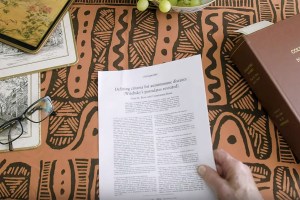
-
Science & Tech
Hunters, herders, companions: Breeding dogs has reordered their brains
Erin Hecht, who joined the faculty in January, has published her first paper on our canine comrades in the Journal of Neuroscience, finding that different breeds have different brain organizations owing to human cultivation of specific traits.
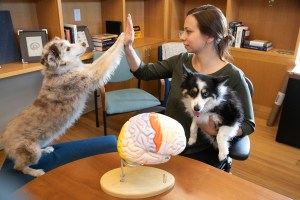
-
Science & Tech
Pancreas on a chip
Islet-on-a-chip technology allows clinicians to easily determine the therapeutic value of beta cells for any given patient.
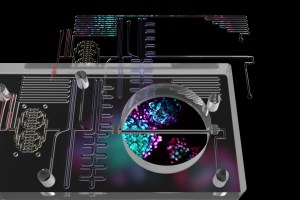
-
Science & Tech
Exposing how pancreatic cancer does its dirty work
New research has found that pancreatic cancer actively destroys nearby blood vessels and replaces them with cancerous cells, blocking chemotherapy from reaching tumors. This insight could lead to new treatments that act by preventing cancer’s colonization of blood vessels.
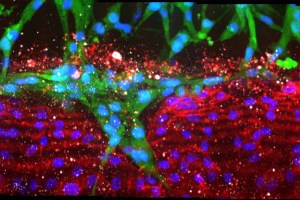
-
Science & Tech
How a zebrafish model may hold a key to biology
Martin Haesemeyer set out to build an artificial neural network that worked differently than fish’s brains, but what he got was a system that almost perfectly mimicked the zebrafish — and that could be a powerful tool for understanding biology.
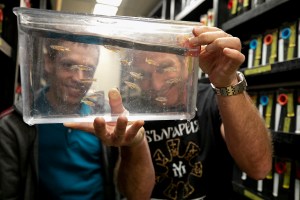
-
Science & Tech
Clever crows
A new paper, co-authored by Dakota McCoy, a graduate student working in the lab of George Putnam Professor of Biology David Haig, suggests that, after using tools, crows were more optimistic.
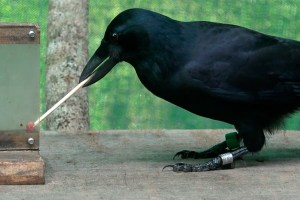
-
Science & Tech
How the moon came to be
A fourth-year graduate student in the lab of Professor of Geochemistry Stein Jacobsen, Yaray Ku is working on a project aimed at understanding how the moon formed, and to do it, she’s working with actual lunar samples.
